alt.
VIS
A half-day workshop at IEEE VIS 2025
Not all work that moves the field forward fits into the model of a standard conference paper or conference talk. The memorability or intellectual impact of work is often inextricably linked to this non-conventional form, whether it is a reflection, provocation, critique, satire, artistic statement, or manifesto. Successful venues like ACM CHI’s alt.chi (“a forum for controversial, risk-taking, and boundary pushing research at CHI”) and various “unconferences” have emerged in the past years as a way of providing an outlet for this sort of unconventional work.
Visualization, and IEEE VIS specifically, which incorporates perspectives in the intersection between art and design, statistics and psychology, we believe is uniquely placed to both generate and value the non-traditional. What’s more, we observed a long-running desire for an outlet for non-traditional work among both long-time attendees as well as those researchers or practitioners who do not currently feel welcome or appreciated in the IEEE VIS environment.
Therefore, based on the (often unexpected) utility of unconventional work, the long standing and successful models of “alternative” conferences, and an expressed interest in bringing these models to the IEEE VIS community, we founded an “alt.VIS” workshop in 2021 as a venue for work that is otherwise difficult to place in the main conference for reasons of form, format, or topic.
The remit of this workshop, mirroring alt.CHI, is relatively broad both in terms of scope of topics and presentation types: our selection criteria are more focused on impact. What sort of work might cause the field to rethink its priorities or ways of operating? What work might highlight under-explored or neglected areas of visualization study or application? What, as per Kant, would “interrupt [our] dogmatic slumber” and stir us to action?
Call for Submissions – Tracks & Paper Length Requirements
We invite the submission of original bold, provocative, unusual, unconventional, thought-provoking works related to visualization in the broad sense. The deadline for submissions is August 1, 2025, End of Day (AoE). See links below for submission details.
This year, we are introducing two submission tracks:
trad.alt
Submit via PCS
These are “traditional” papers intended to communicate a complete project or idea. Traditionally written works should be no longer than 4000 words (not including references), though longer papers will be considered if the additional length adds merit. Submissions to this track will be made through PCS.
While submissions may take the form of a conventional conference paper (such as the familiar TVCG format), you are welcome to use any template or medium that fits your work—this may include websites, videos, zines, comics, etc. However, all submissions must include a PDF for archiving purposes with at least a title, author names*, and abstract. Plagiarism (of any kind) will result in a rejection.
If you’re unsure what qualifies as trad.alt, we encourage you to browse previous accepted submissions from alt.VIS 2023, 2022, or 2021 for inspiration.
alt.alt
Submit via Google Form
This new “abstract-only” track is for bold ideas and early-stage works-in-progress that could benefit from discussion and collaboration within the alt.community. The goal of this session is to help grow these submissions into future research projects, proposals, or papers. During the workshop, presenters and attendees will explore clusters of these submissions through small-group discussion.
alt.alt submissions should be 400–800 words and clearly communicate your idea or direction. Submissions to this track will be made through a Google Form.
Submissions will be evaluated on clarity, novelty, and their potential to spark productive thought and discussion in the alt.VIS audience. This venue is meant for work that doesn’t quite fit the main VIS paper track—if your work might be better suited there, it probably is.
Accepted submissions will be made publicly available on the workshop’s website. Authors are encouraged to archive their work in their repository of choice, such as OSF or ArXiv. Submissions will not be included in the official IEEE VIS conference archive.
If you're unsure about how to format your work or which track to submit to, feel free to reach out at alt.vis.workshop@gmail.com.
* Authors serving in this workshop's organizing roles should include a COI statement in their PDF.
Authors of rejected (full-length) trad.alt submissions may be invited to convert their piece into an (abstract-only) alt.alt track piece. Through this process, we hope that original, thought-provoking ideas which are not yet ready for a full publication will have a platform to be further developed by and with the alt.vis community.
NOTE FOR EU SUBMITTERS: The alt.VIS workshop is Plan S compliant. 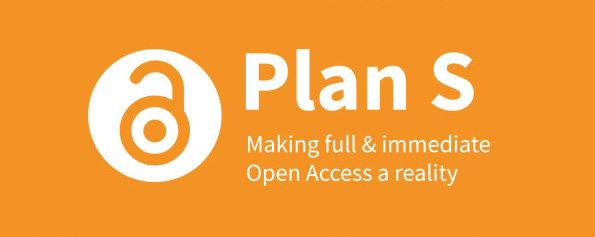
Previous Editions (and proceedings):
Organizers

Andrew McNutt
University of Utah
mcnutt.in
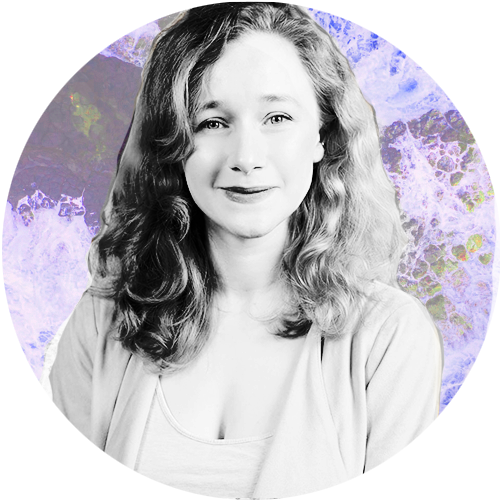
Sara Di Bartolomeo
TU Wien
picorana
picorana.github.io
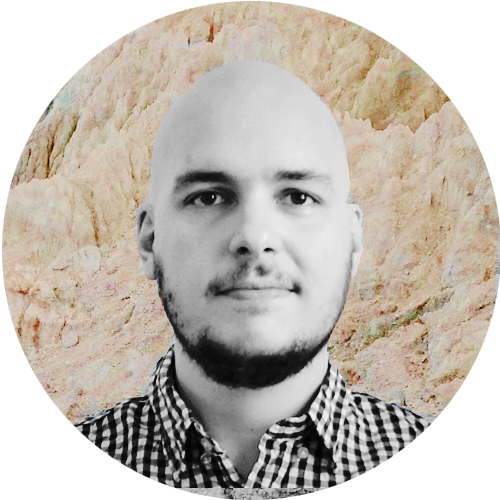
Victor Schetinger
Skt Pölten University of Applied Sciences
@VSchetinger
scholar.google
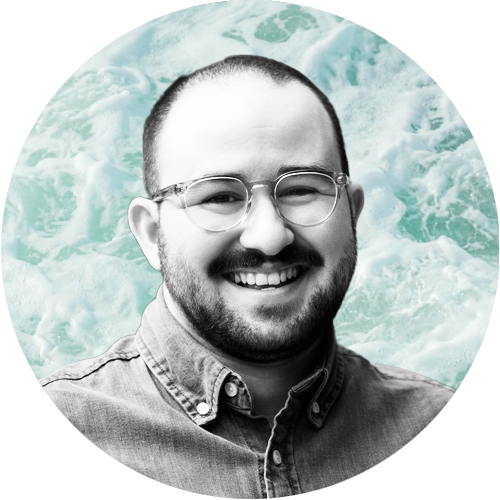
Alyx Burns
Mount Holyoke College
@alyxburns.hci.social
alyxburns.com

Connor Scully-Allison
University of Utah
@cscullyallison
linkedin

Søren Knudsen
IT University of Copenhagen
sorenknudsen.com
Steering Committee
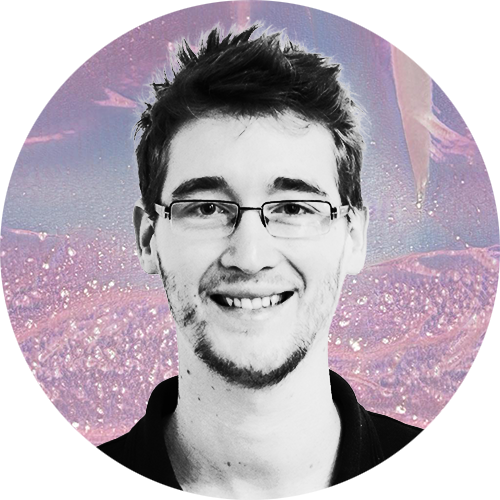
Lonni Besançon
Linköping University
lonnibesancon.me

Michael Correll
Roux Institute, Northeastern University
correll.io

Jane Adams
Northeastern University
universalities.com

Charles Perin
University of Victoria
charlesperin.net
Questions? Contact us at alt.vis.workshop@gmail.com.